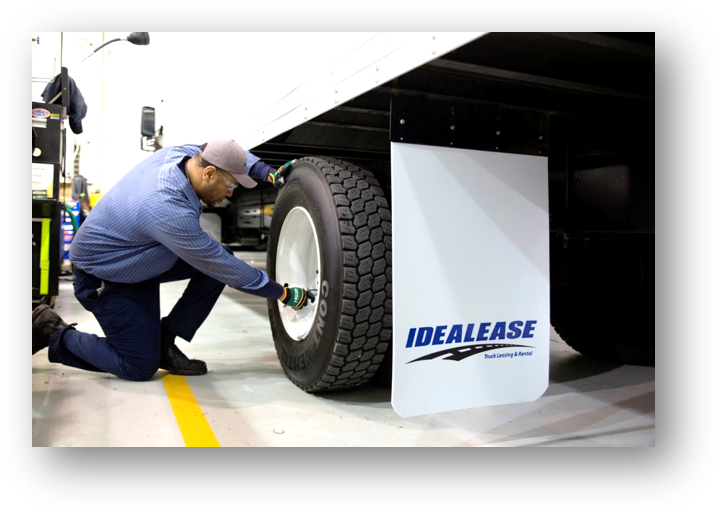Tire Safety Can Save You Thousands in Damage and Repair Costs

Did you know that tires are one of the largest operating expenses when it comes to your truck(s)? Therefore, it is vital to make sure the tires are properly inflated. Accidents are often caused by improperly inflated tires, which can be easily prevented. Improper inflation can decrease the service life of a tire significantly and can even take a huge chunk from a truck's fuel economy. The only true and accurate way to determine the air pressure in a tire is to gauge the tire with a tire pressure gauge.
At your next driver safety meeting inflate 3 tires on rims with pressures varying by 10 pounds each- one tire at the correct pressure, one tire 10 pounds under optimal pressure and one 20 pounds under optimal pressure. See if they are able to tell which tire has the correct pressure. Believe it or not, there is a workers compensation case for a driver who was checking his tires by thumping them with a hammer and the hammer bounced back, breaking the driver's jaw!
When inspecting tires pay close attention to the wear patterns and tread depth. The FMCSA regulations CFR 393.75 require that steer axle tires have a minimum tread depth of 4/32” and all other applications, including trailers, to have a minimum tread depth of 2/32”.
Pay attention to your tires and they will provide many miles of service.
Beware of the following signs of tire wear. During visual inspections look for over inflation, under inflation, types of tread wear:
- Over Inflation: Too much air pressure causes mostly the tires middle section to contact the road. This creates wear primarily in the center of the tread, with less wear at the tires edges.
- Under Inflation: Too little air pressure causes mostly the tire’s outer edges to contact the road.
- Tread Wear on one edge of the tire: This typicallty occurs when the wheels are out of alignment.
- Erratic Tread Wear: Often called cupping, and may mean the wheel is out of balance, or that shock absorber or other suspension components need to be replaced.






